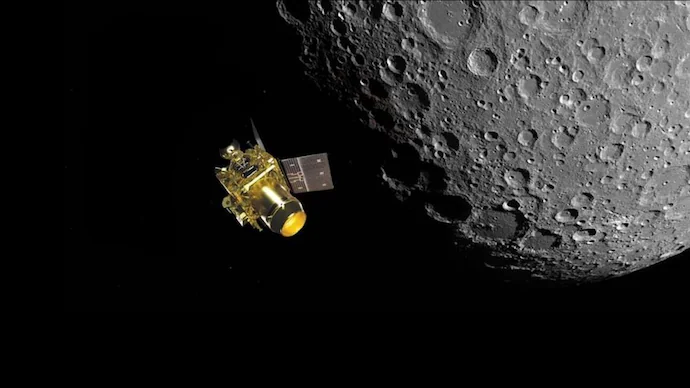The Indian Space Research Organisation (Isro) reported on Saturday that Chandrayaan-3 is in good condition and that everything is progressing according to plan, a day before the spacecraft’s second de-boosting procedure on August 20.
The initial aim was to place the lander, Vikram, in an orbit of 30kmX100km, but following the first de-boosting operation on Friday, it reached an orbit of 113kmX157km, according to authorities. They stated that this was not a reason for alarm.
The Official statements on Chandrayaan-3
“The 30kmX100km orbit was in perfect condition.” Furthermore, these were only estimations because the exact plan has not been disclosed for security concerns. Our teams are constantly monitoring the spacecraft’s current position and movement, and everything is proceeding as planned,” the official said on condition of anonymity.
The official added that the lander was initially expected to attain an orbit in which the perilune (the point at which a spacecraft in lunar orbit is closest to the moon) was approximately 30km and the apolune (the point at which the spacecraft is furthest from the moon) was around 100km. Before landing on the moon’s surface, the space agency performs a de-boosting or deacceleration procedure to gradually slow the velocity of the spacecraft to a set regulated speed.

The next de-boosting maneuver is scheduled for Monday. Followed by the last set of braking operations before the spacecraft attempts to land on the moon’s surface on August 23 between 5.30 pm and 6 pm. The spacecraft will also be switched from horizontal to vertical configuration on Monday or Tuesday, according to the space agency.
The most recent program, a follow-up mission to the 2019 Chandrayaan-2, has three goals. To demonstrate a safe and soft landing on the lunar surface, which was not possible during Chandrayaan-2. To show off rover capabilities on the moon’s surface. And to carry out in-situ scientific experiments.
About the Spacecraft
On July 14, Chandrayaan-3 was launched from the Satish Dhawan Space Centre in Sriharikota.
It is made up of an indigenous lander module (LM), a propulsion module (PM), and a rover. Its goal is to develop and demonstrate new technologies needed for interplanetary missions. The lander may gently land at a predetermined lunar spot and deploy the rover. Which will conduct an in-situ chemical analysis of the lunar surface while moving.
Following the separation of the lander module from the propulsion module. The latter will now travel along the lunar orbit for at least six months.

The Spectro-polarimetry of Habitable Planet Earth (SHAPE) payload aboard the propulsion module studies the spectral and polarimetric observations of Earth from lunar orbit. In layman’s words, the propulsion module has begun a spectroscopic examination of the Earth’s atmosphere. Measuring fluctuations in polarization from clouds on Earth. In order to collect signs of exoplanets that might qualify for our habitability.












Be First to Comment